The main reason to visit this remote, but extremely luxuriant region was to look for the legendary Resplendent Quetzal (Pharomachrus mocinno), but the beauty of flowers that characterized the villages of the highlands, together with the colorful birds, made my visit there extremely rewarding!
Chiriquí is the extreme south-western province of Panama and hosts, together with the adjoining Costa Rica, some of the highest mountains of Central America, including the highest peak of Panama, the Volcán Barú (3,474 m), a stratovolcano around which was established, in 1976, a national park.
Another extended mountain area, the Talamanca range, between Panama and Costa Rica, was designated in 1983 by UNESCO as World Heritage Site and, in 1988, a large international park was established with the name of “Parque Internacional La Amistad“, including an important segment of is what is known with the name of “Mesoamerican Biological Corridor“.
Globally, together with my girlfriend, I spent almost 4 days in this area, sleeping in the small locality of Bajo Grande, not far from Guadalupe, at the beautiful and peaceful Las Orquideas Bed & Breakfast.
From there we visited a number of interesting places moving by bus, by taxi, by hitchhiking and, not rarely, by foot for long distances. The point is that the villages of the area are pretty small, the mass tourism looks still far and the people live scattered, so the network of public transports is rather limited.

About the local population, we noticed that it was apparently divided in two different social classes: white people, that most likely owned most of the land, usually moved by big SUVs and didn’t show themselves too much along the roads, while indigenous Ngäbe people moved mainly by foot and were commonly observed cultivating the fields and vegetable gardens along the foothills or walking along the roadside.
Those Ngäbe were characterized by the bright colored long dresses of their women, while men didn’t have any distinctive suit.

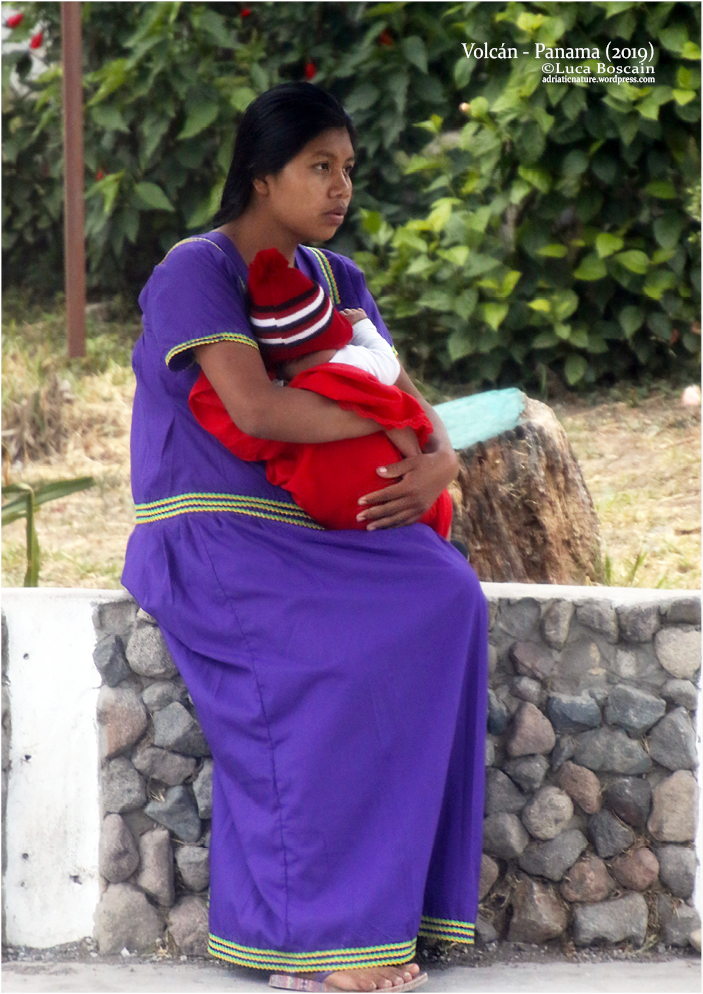

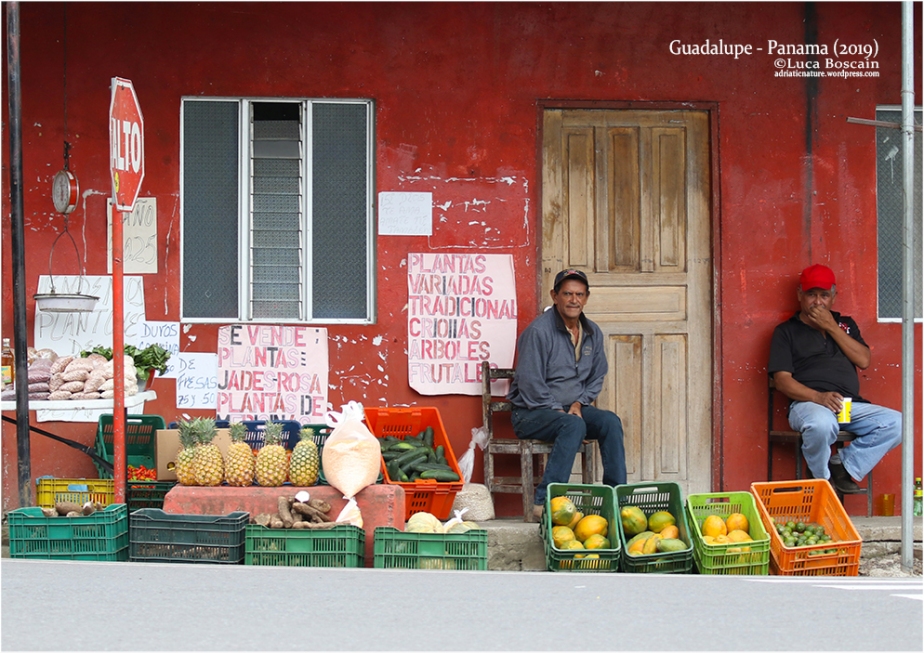


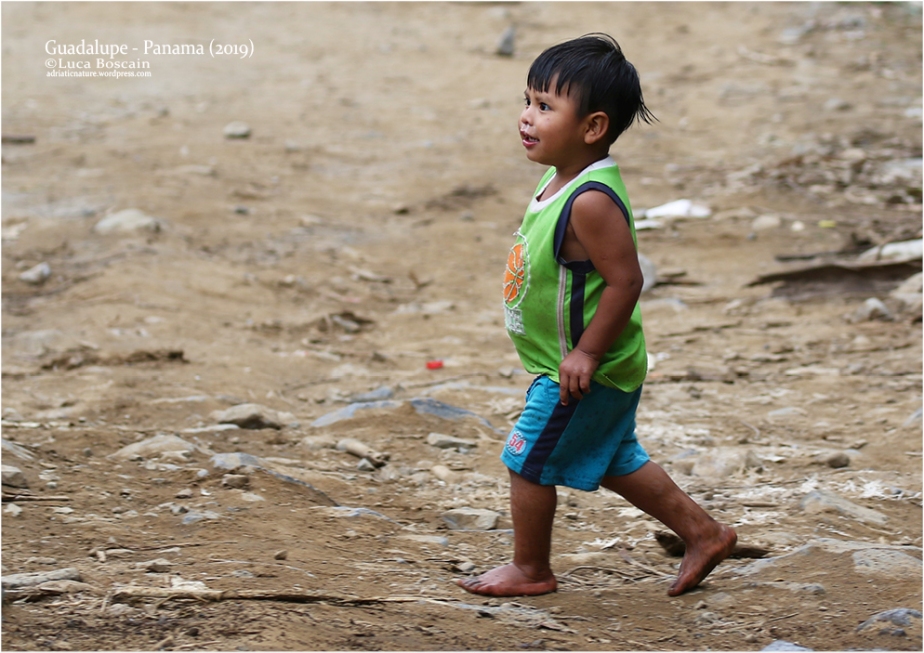


1 – Área Silvestre Protegida Lagunas de Volcán (the Volcán lakes)
These lakes extended south-west of the town of Volcán and could not be reached by any public transport: it means that the only options to get there was to walk for about 5 km from the bus terminal, or to catch a private taxi.
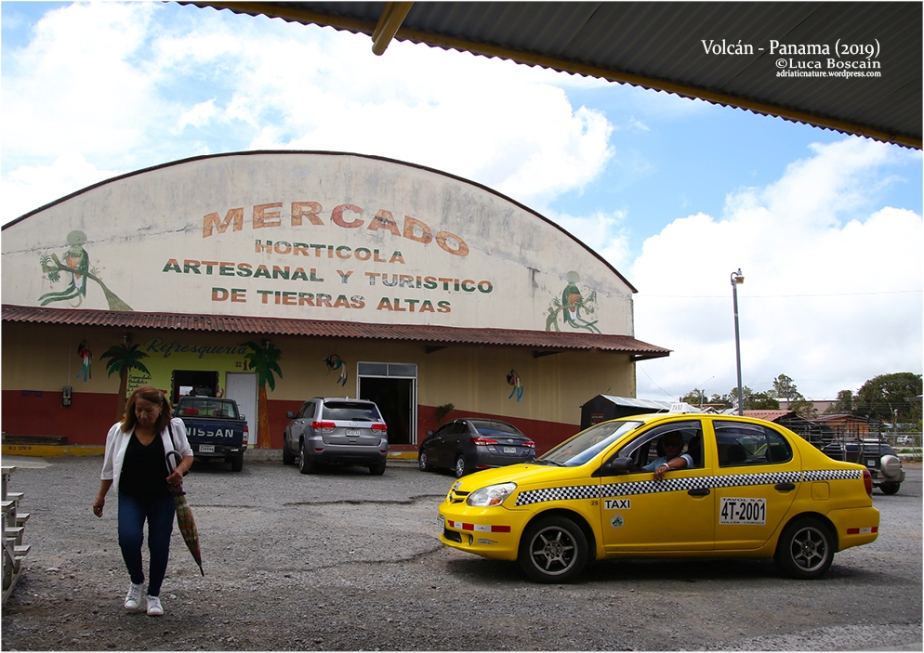

At an altitude of about 1,350 m above the sea level, the lakes were surrounded by beautiful woodlands, but we didn’t find many trails to follow in order to explore the area. A dirt road ran along the southern side, but with just few view points to the lakes that at the time of our visit, in April, were rather low in the water level, showing often the muddy shores.
Birds around were abundant, but not particularly tame, so the photos you will see are mainly big crops.
Among the almost 50 species of birds we had in a morning, the most noticeable were: Black-breasted Wood-Quail (Odontophorus leucolaemus), Scaled Pigeon (Patagioenas speciosa), Northern Jacana (Jacana spinosa), Solitary Sandpiper (Tringa solitaria), Olivaceous Piculet (Picumnus olivaceus), Smoky-brown Woodpecker (Dryobates fumigatus), Collared Forest-Falcon (Micrastur semitorquatus), Yellow-olive Flycatcher (Tolmomyias sulphurescens), Black-chested Jay (Cyanocorax affinis), White-throated Thrush (Turdus assimilis), Chiriqui Yellowthroat (Geothlypis aequinotialis chiriquensis), Slate-throated Redstart (Myioborus miniatus), Scarlet-rumped Tanager (Ramphocelus passerinii) and the gorgeous Silver-throated Tanager (Tangara icterocephala).
The only mammal we saw were 2 Red-tailed Squirrels (Notosciurus granatensis).









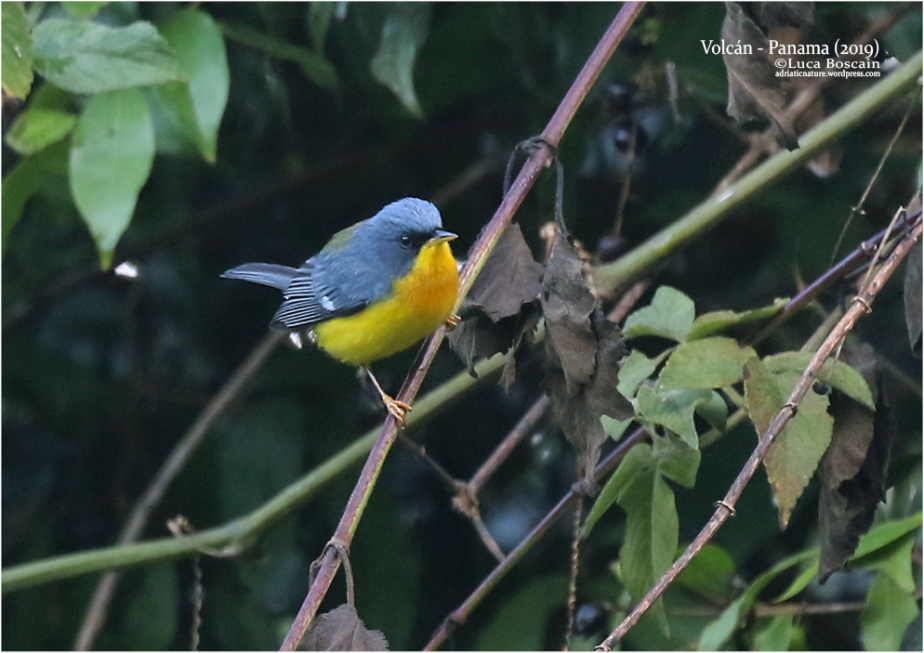


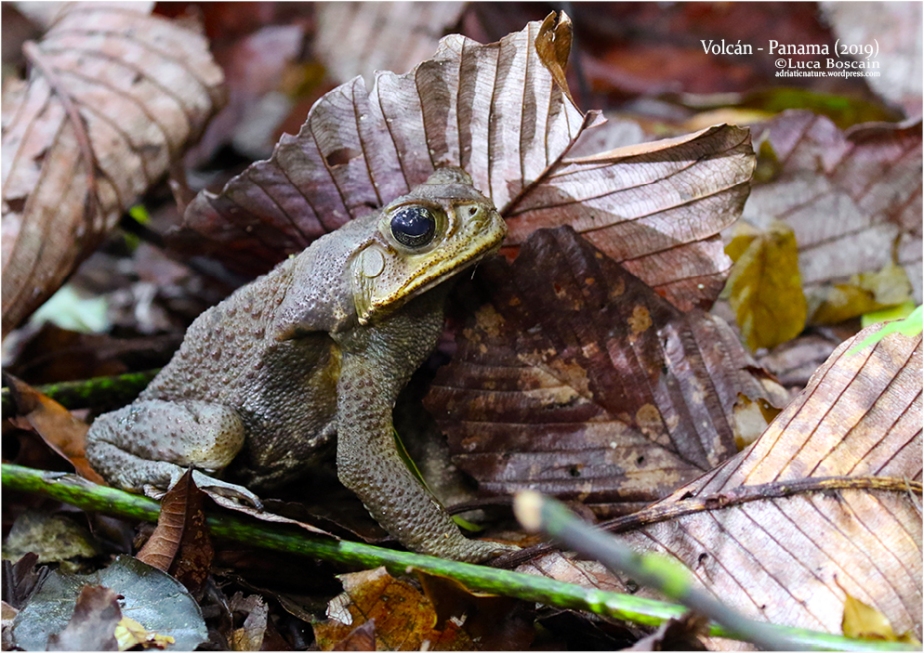
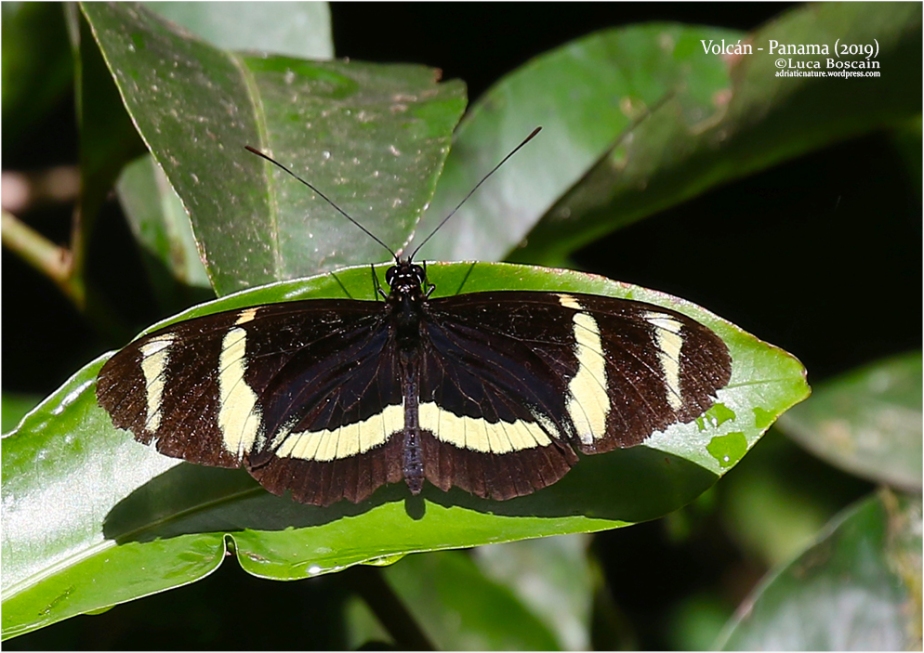



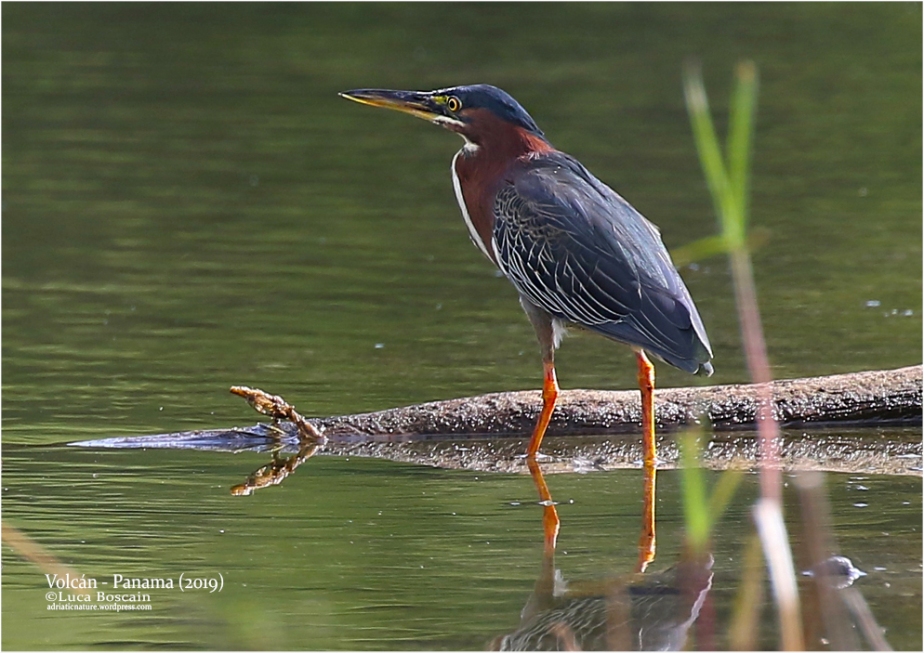
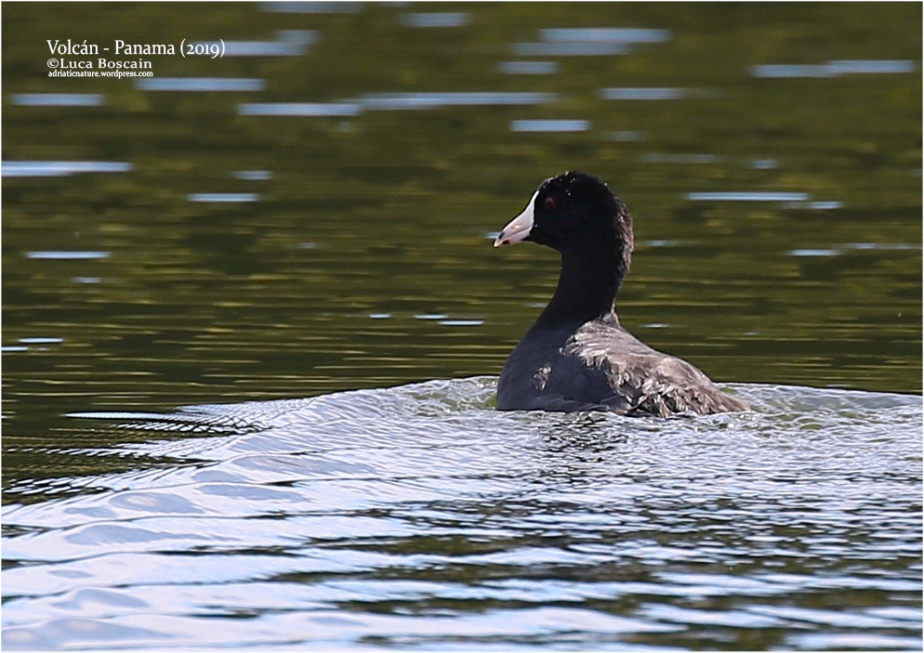



2 – Estación ANAM Las Nubes (La Amisdad National Park)
That was one of the gates of this transboundary protected area, the easiest to reach from Cerro Punta and Guadalupe, although there wasn’t here as well any public transport to get to.
At the time of our visit, all Panama national park had become with free entrance, so we had only to register our names at the rangers station of Las Nubes, then we started to walk along the few available trails.
The longest one was the “Sendero a la cascada” (the waterfall trail): we had first to hike a slippery and muddy path till an altitude of more than 2,400 m, where was settled a shelter in an interesting view point, then to descend to the deep valley of the Río Chiriquí Viejo.
The second part of the trail, in the jungle, was even trickier, steeper and more slippery than the first: something I can recommend only to expert hikers! Everything was totally wet even if we were at the end of the dry season…
The waterfall wasn’t memorable, but at least nice because of feeling to be really lost in an unspoiled cloud-forest, far from any sign of presence of humans in a ray of kilometers.
About the wildlife, with low clouds, rain and darkness, the photo opportunity were particularly limited, but I still observed about 30 species of birds including: Band-tailed Pigeon (Patagioenas fasciata), Talamanca Hummingbird (Eugenes spectabilis), Prong-billed Barbet (Semnornis frantzii), Silvery-fronted Tapaculo (Scytalopus argentifrons), Northern Tufted Flycatcher (Mitrephanes phaeocercus), Grey-breasted Wood-Wren (Henicorhina leucophrys), American Dipper (Cinclus mexicanus), Black-faced Solitaire (Myadestes melanops), Flame-throated Warbler (Oreothlypis gutturalis) and Collared Redstart (Myioborus torquatus).

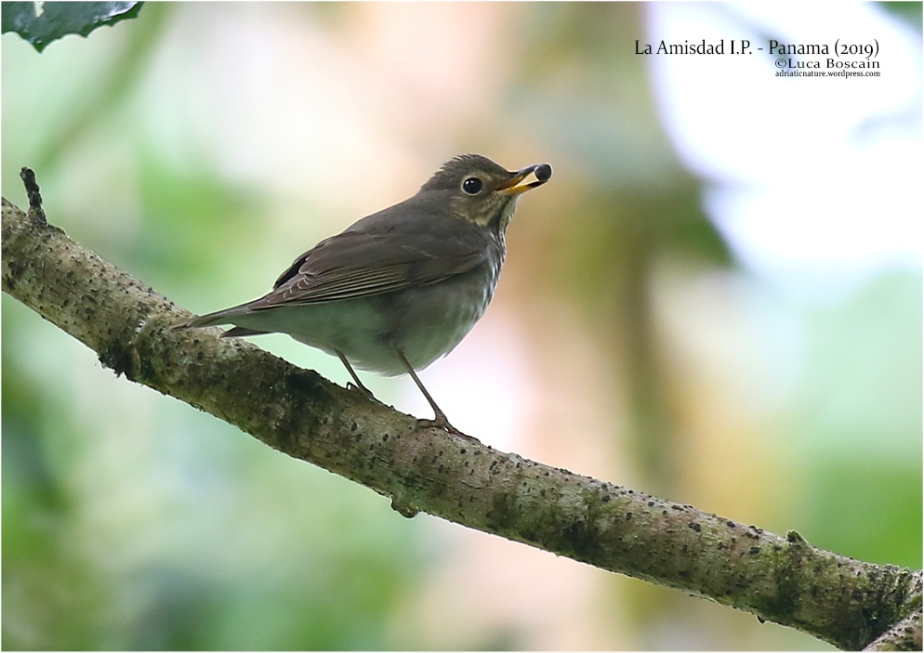




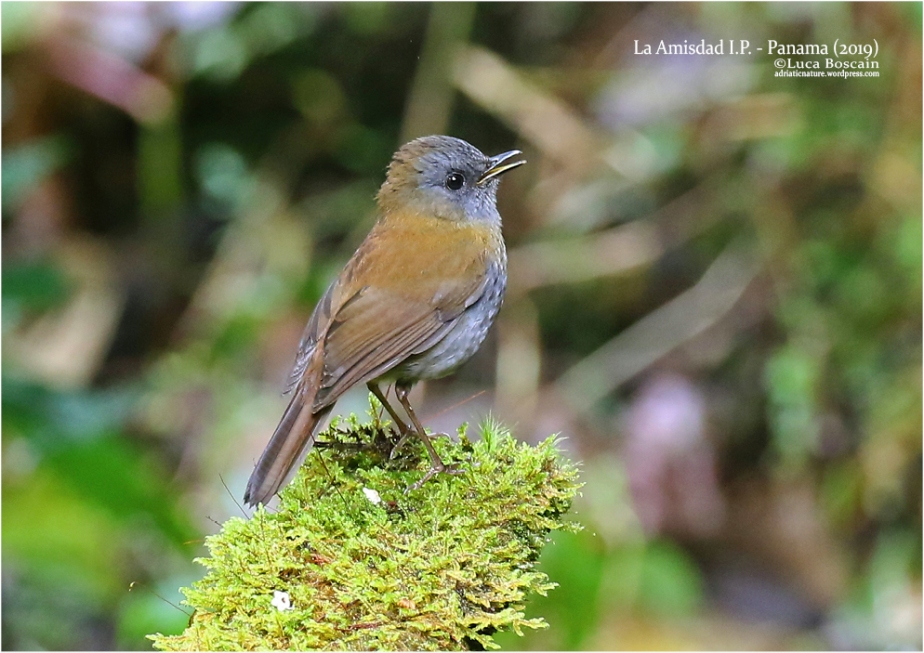





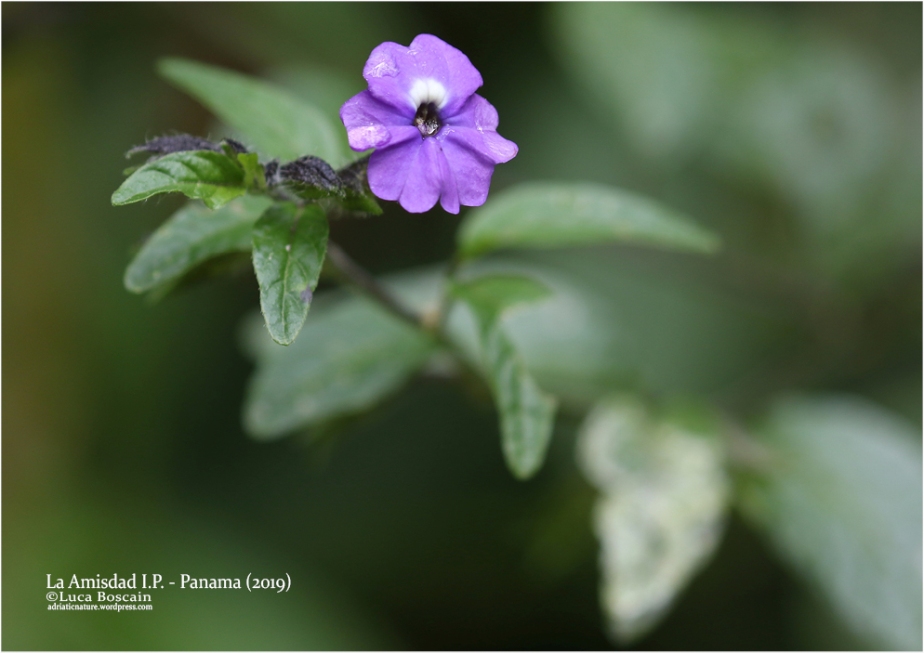
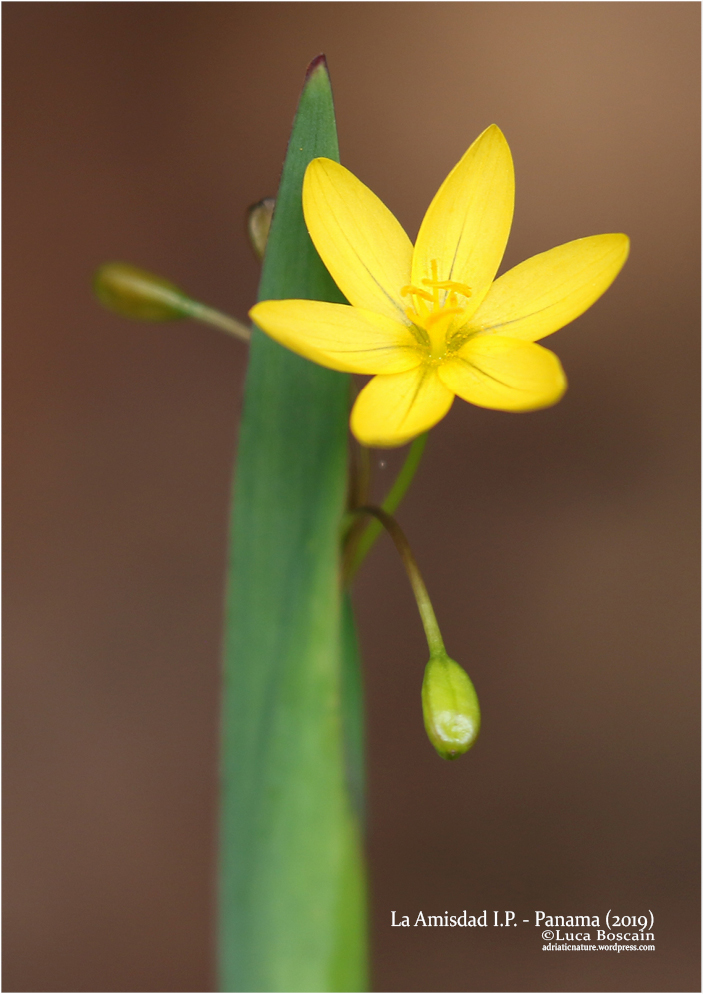
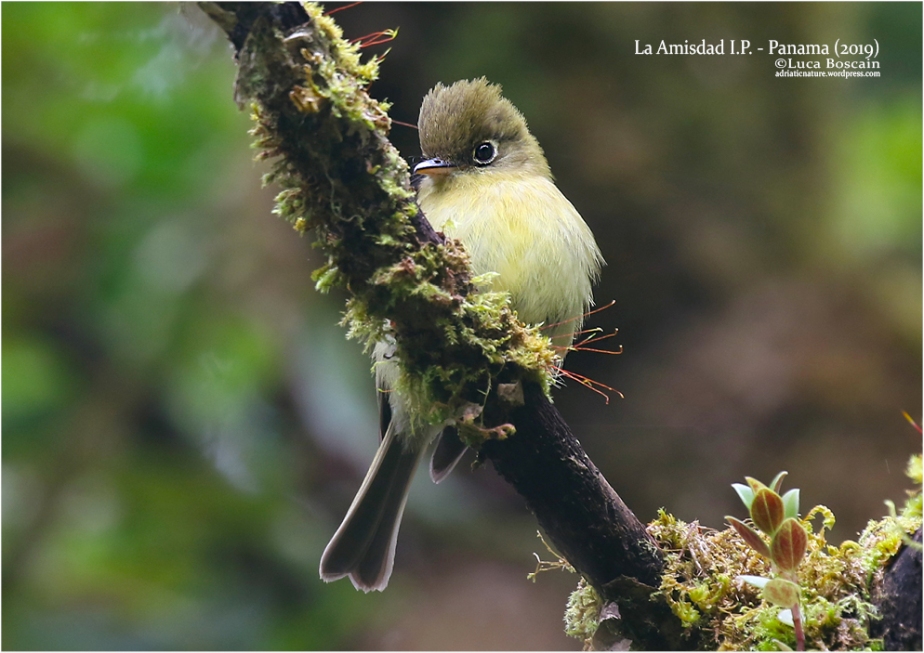


3 – Finca Dracula and Guadalupe
I’ve put together the very interesting private estate of Finca Dracula and the nearby small village of Guadalupe, at an altitude of about 1,900 m above the sea level.
Finca Dracula hosted an amazing collection of more than 2,000 species of orchids from each corner of the World, but also of succulent plants, and took its name from some very weird orchids, the genus Dracula.























Walking around in Guadalupe, we noticed how much popular was the floriculture among the inhabitants: many houses had wonderful gardens with gorgeous flowerbeds, hedges of blooming shrubs, flowerpots at the windows and the terraces, or hanging from the roofs.
In the surroundings of the village, instead, lovely bright green meadows and extended vegetable gardens with birds like Red-tailed Hawk (Buteo jamaicensis costaricensis), Violet Sabrewing (Campylopterus hemileucurus), Talamanca Hummingbird (Eugenes spectabilis), Long-tailed Silky-Flycatcher (Ptiliogonys caudatus) and Slaty Flowerpiercer (Diglossa plumbea).
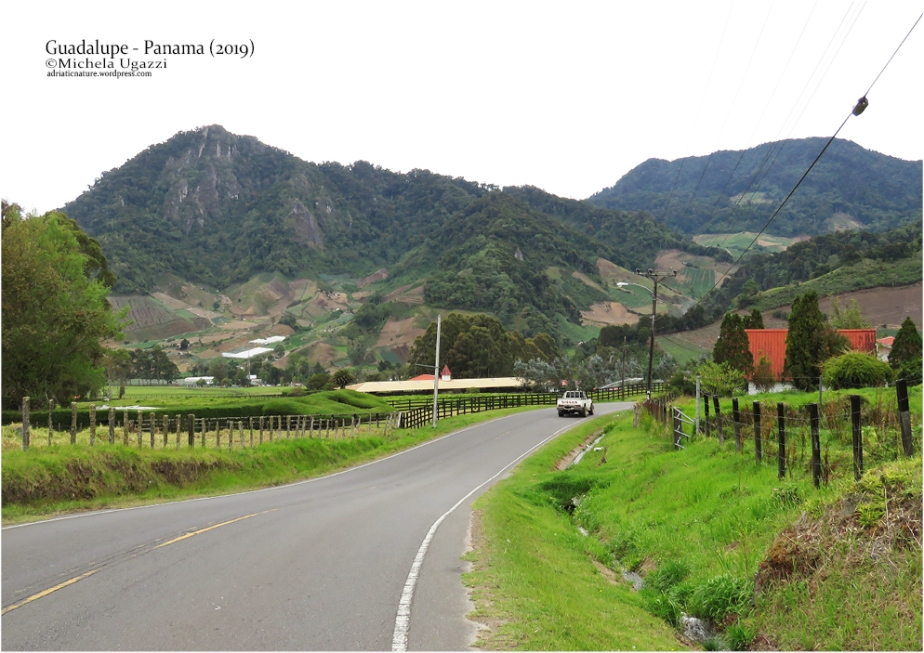
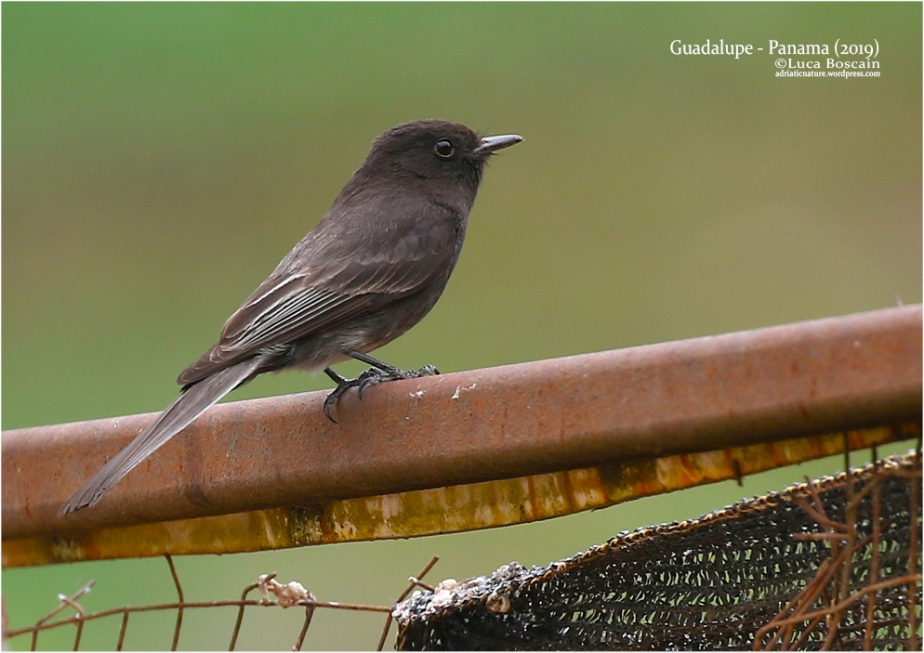
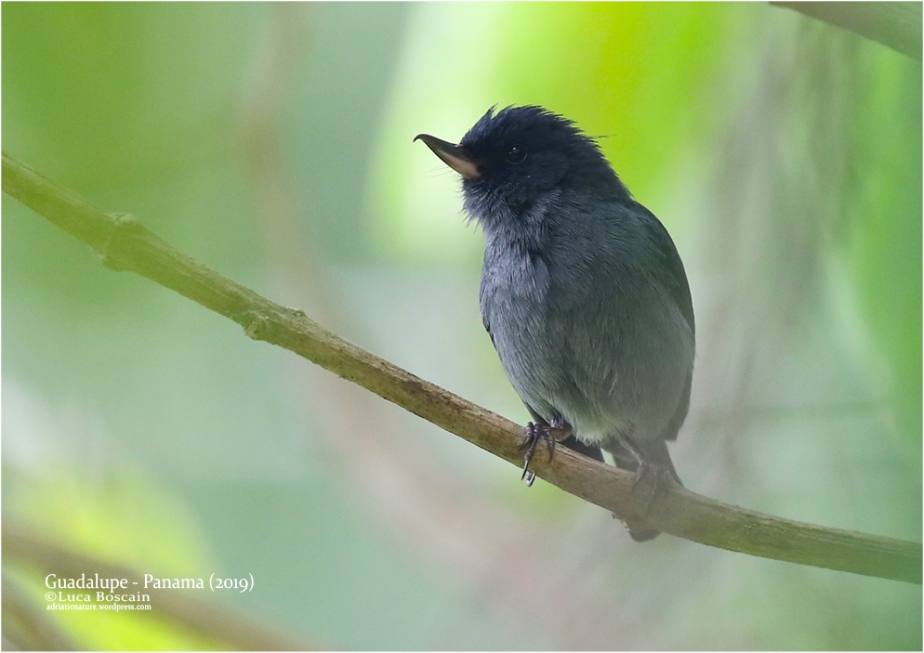
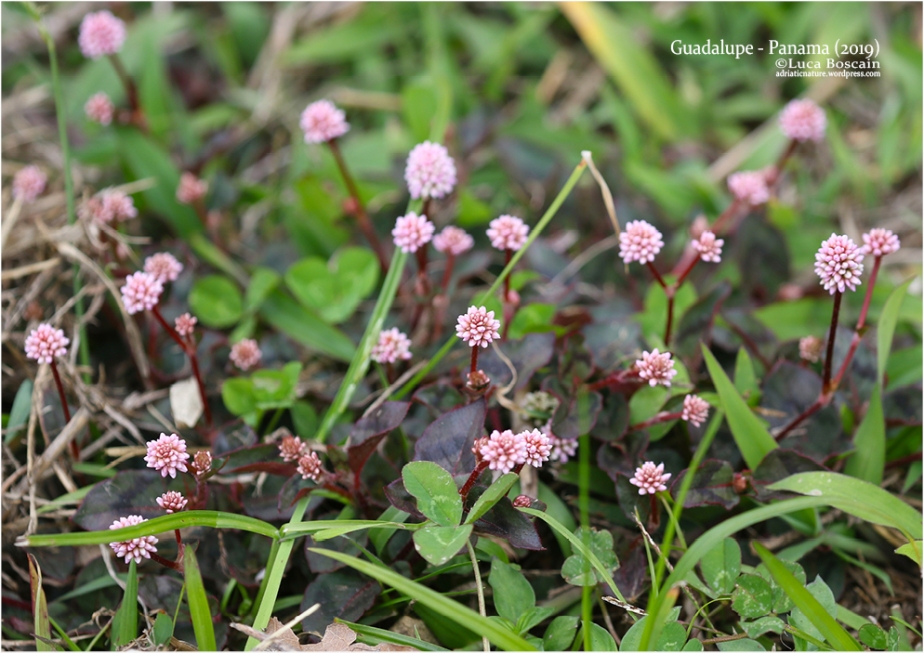

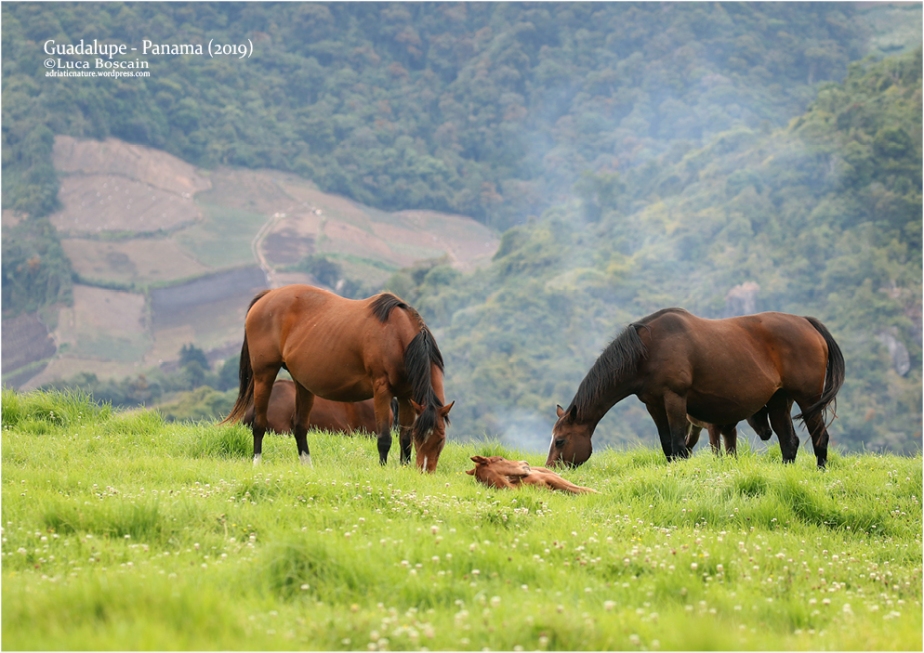
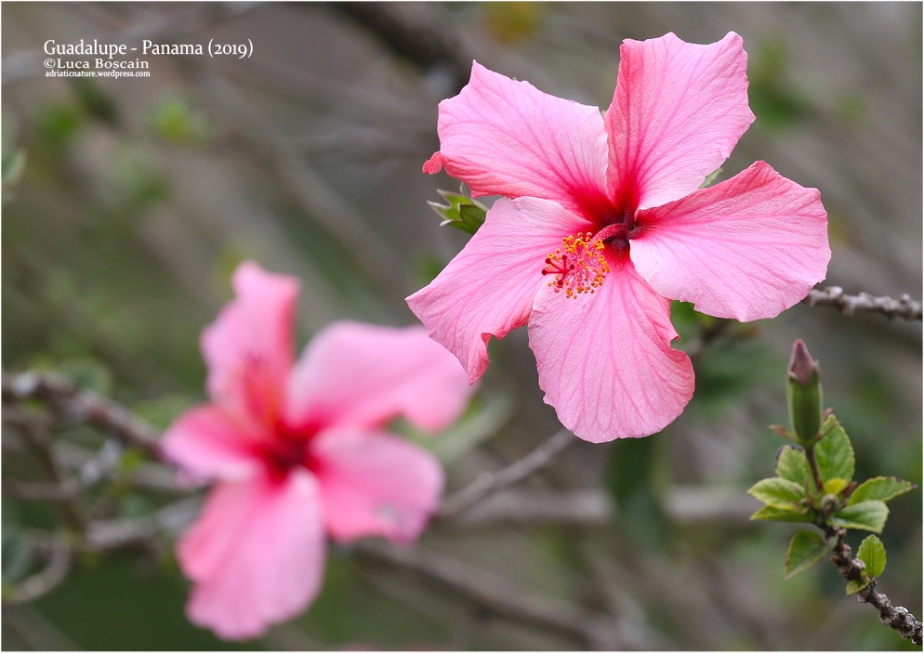


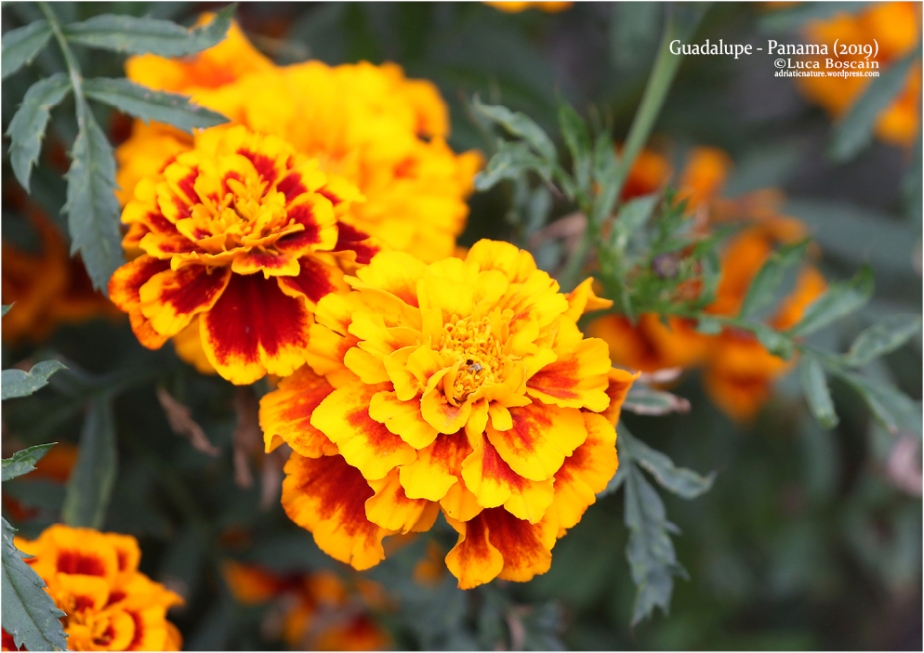








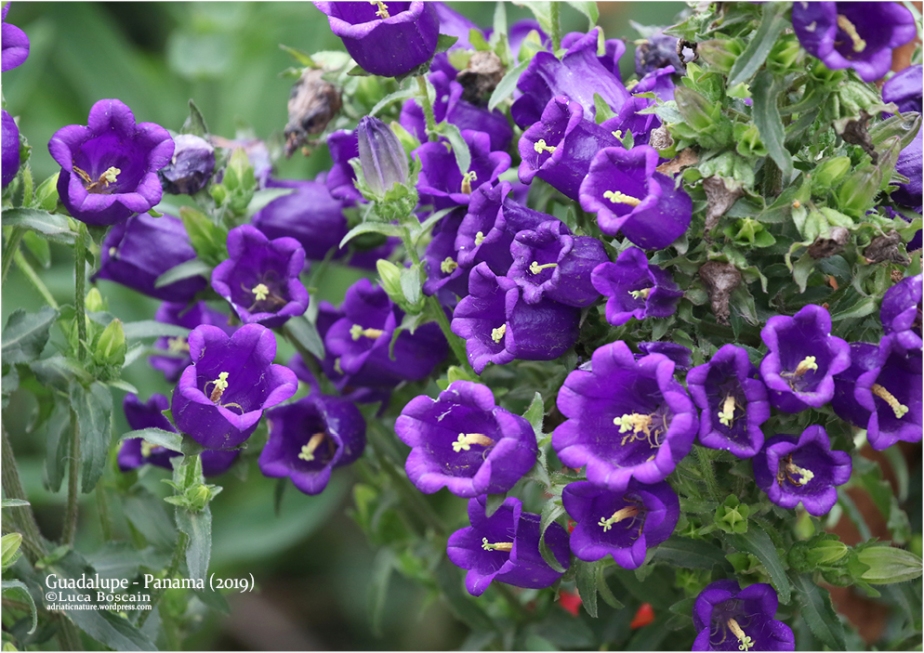



4 – Sendero de Los Quetzales (Volcán Barú National Park)
Our main reason to visit the “Tierras Altas”, the district of Cerro Punta, Guadalupe and Volcán, was to trek along the trail that connected that dale with the valley of Boquete, on the other side of the Volcán Barú (3,475 m). This track ran in fact through the elective habitat of the Resplendent Quetzal (Pharomachrus mocinno), one of the most iconic birds in the World.
From Bajo Grande (2,000 m), the road continued asphalted till about 2,200 m of altitude: it’s there that a friend of the owner of our bed&breakfast left us before the dawn.
From this point, we started our trekking following the dirt road that climbed the slope, going through some cultivated clearings and then penetrating more deeply into the cloud forest.

With the first lights, the birds started to move and sing, including Band-tailed Pigeon (Patagioenas fasciata), White-collared Swift (Streptoprocne zonaris), Silvery-fronted Tapaculo (Scytalopus argentifrons), Sooty-capped Chlorospingus (Chlorospingus pileatus) and few more.
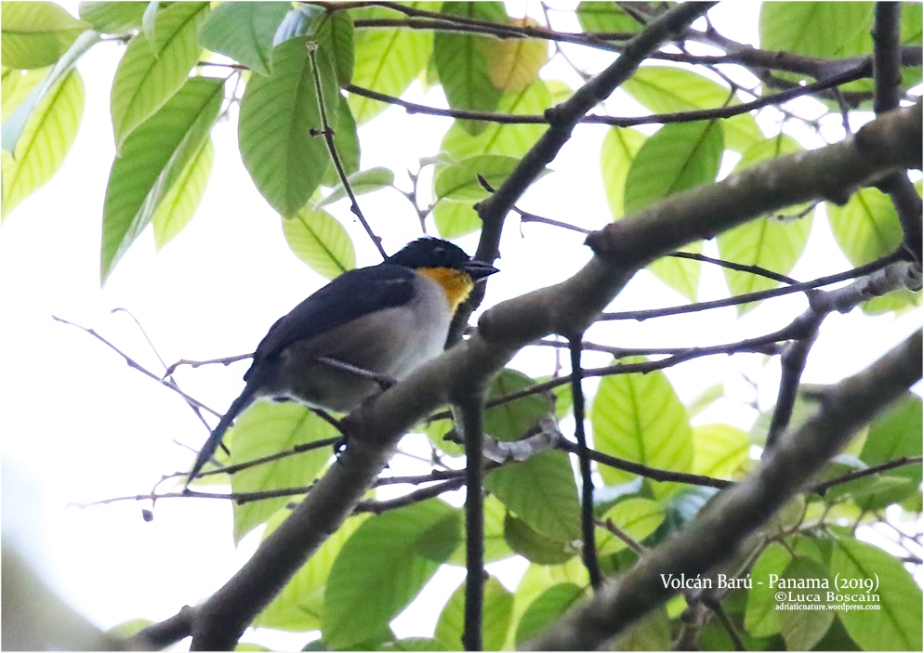

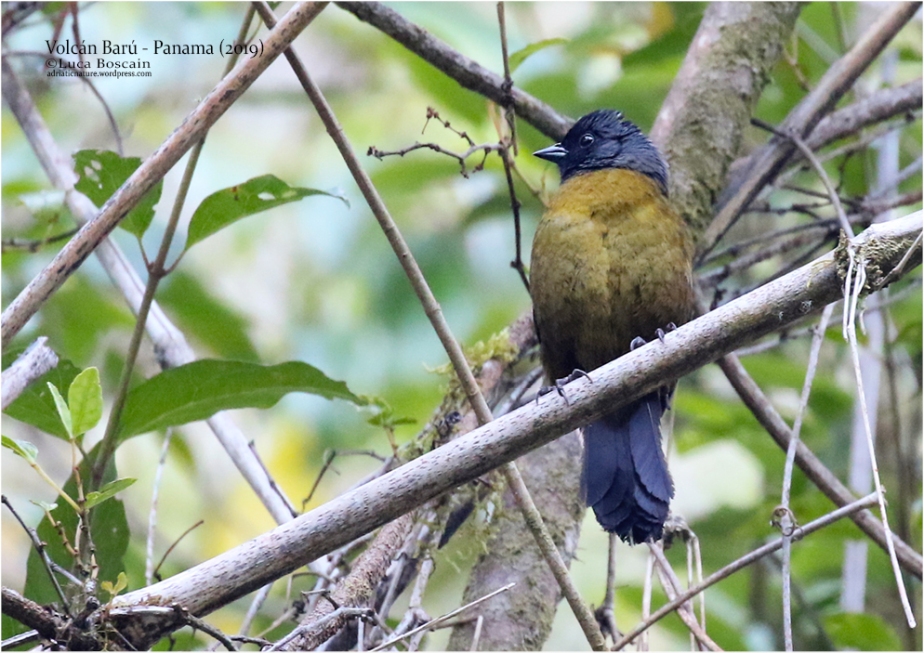
But to touch the heart were first of all the unbeliavable fluty whistled song of the Black-faced Solitaires (Myadestes melanops), one of the most distinctive and ethereal sounds of nature, and a particularly static and silent bird… at the beginning I though it was a trogon, but the size was remarkable. Then I realized that the short-tailed trogon was in the truth a female of Resplendent Quetzal!


The weather improved a lot and the sky got totally clear and blue, with an amazing high altitude dazzling light, when we reached the open area where was settled the El Respingo ranger station, that signed the beginning of the Volcán Barú National Park.

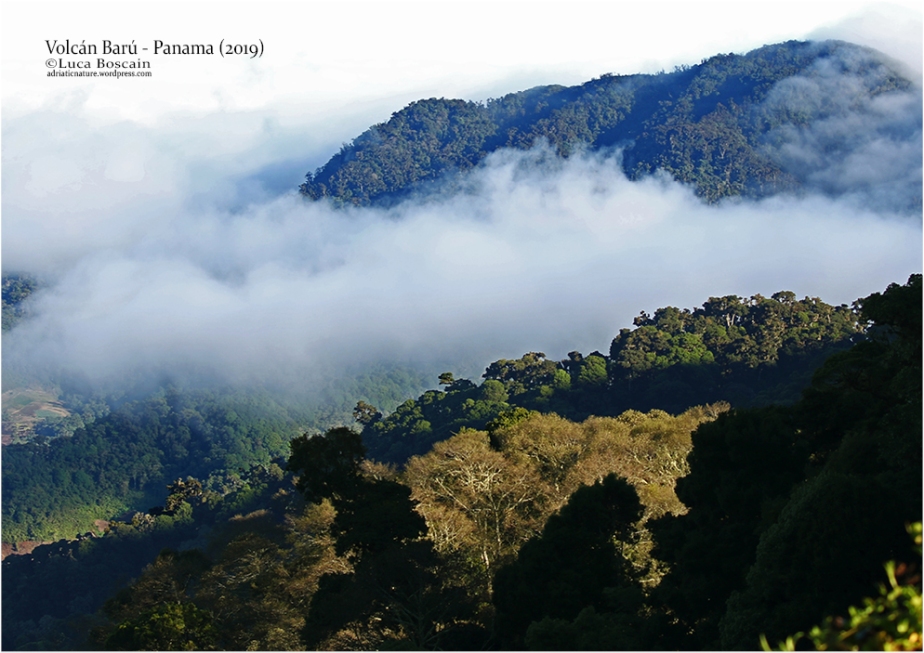
From here, at an altitude of 2,500 m, the dirt road turned into a mountain track that went through a wonderful cloud forest with very high trees completely covered in epiphytes, moss and lichens.
A number of birds were around, including Volcano Hummingbird (Selasphorus flammula), Prong-billed Barbet (Semnornis frantzii), Spot-crowned Woodcreeper (Lepidocolaptes affinis) and the stunning Flame-throated Warbler (Oreothlypis gutturalis), together with some butterflies (Cyllopsis philodice and Catasticta teutila), but the light, with very bright spots and dark shaded backgrounds, was difficulty manageable.


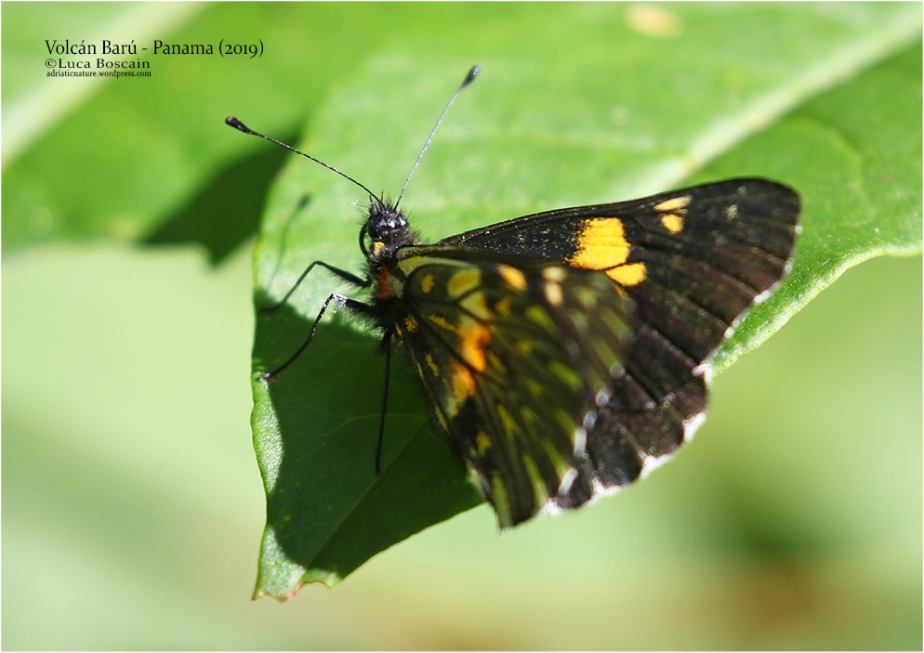

The habitat was just perfect for the Resplendent Quetzal when we started to hear the song of 2 or 3 males: one of those came enough close to allow some good pictures, but kept still pretty high in the foliage. An incredibly emotional encounter indeed!


Then the weather changed quickly into cloudy and step by step low clouds came back, reducing the light for the photography.







A couple of times appeared from the clouds flocks of hundreds of Swainson’s Hawks (Buteo swainsoni) on migration to North America.


We finally reached the Mirador Las Rocas, but we could just guess the beauty of the landscapes that lied under the platform, because the clouds opened partially only for few seconds.
Then the low clouds closed completely and, when we took the way back, it started to rain.



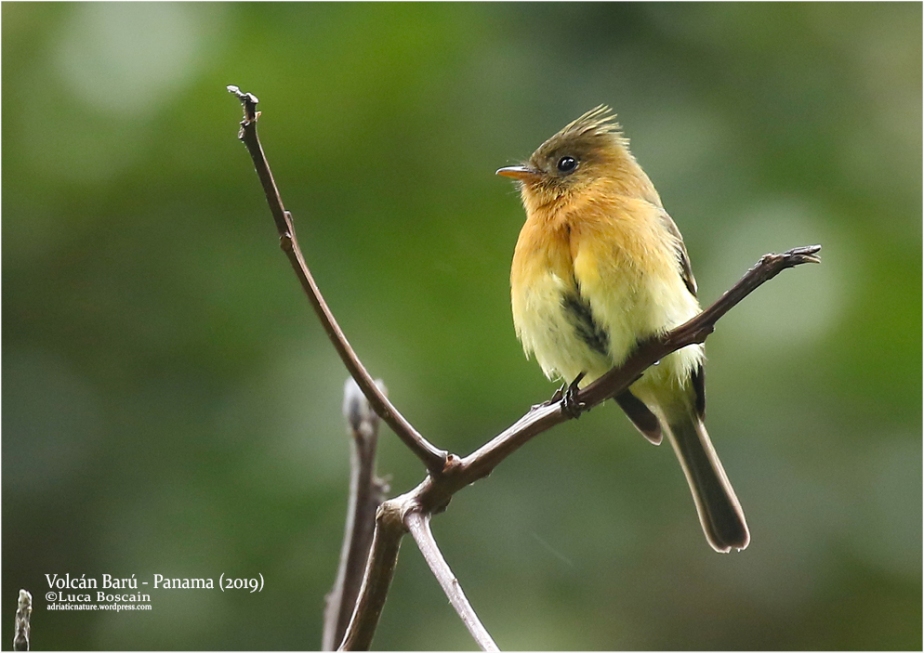





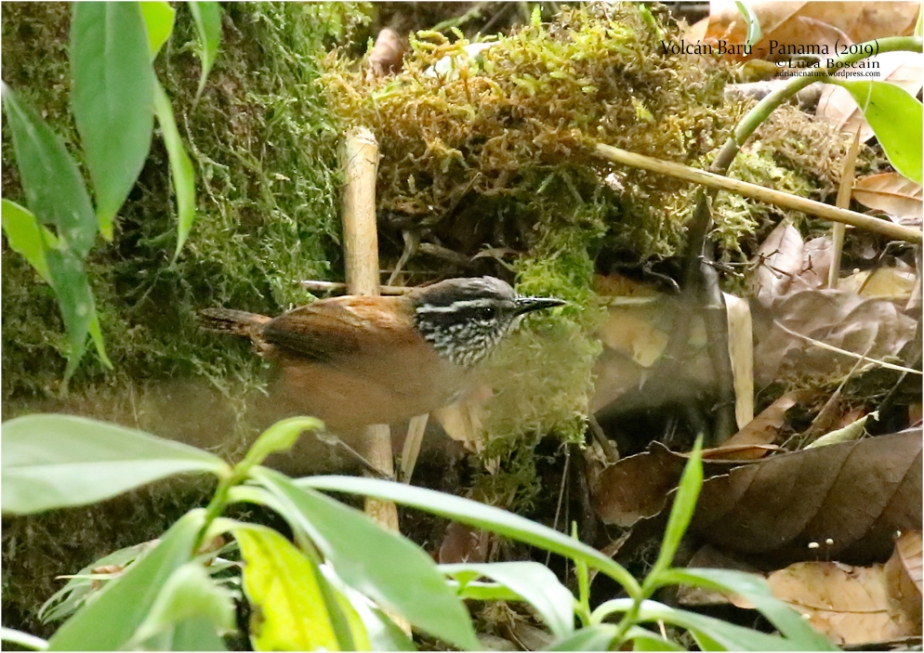



We had just observed a Red-tailed Squirrel, a Golden-bellied Flycatcher (Myiodynastes hemichrysusand) and a nice Dark Pewee (Contopus lugubris), when we arrived to the beginning of the asphalted road to Bajo Grande: here we found an incredibly welcome bar serving fresh fruit juices, the Refresqueria EL Colibrí.
A bit of sunshine came up while we were sitting and chilling-out, observing the hummingbirds coming to the feeders.




We finished the day happy because of the wonderful experience and with a day-list of 35 species of birds.

Luca Boscain

